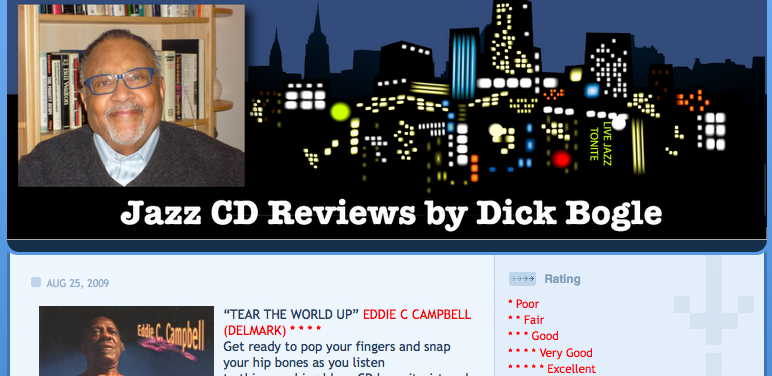
One of this week’s most interesting reads is by Associated Press writer David Runk, published in the Detroit News under the headline Detroit Wants to Save Itself by Shrinking.
The crux: Much of the city has become so bleak and uninhabitable that Mayor Dave Bing and other city leaders want to bulldoze huge sections and start over with something else. What that “something else” might be isn’t fully imagined, but a lot of people are saying: Farms. Gardens. Nature. Imagine: A city, having conquered the land, agreeing to a unilateral withdrawal in order to save itself.
What does this have to do with Portland and Oregon, which pride themselves on their planning and rural-to-urban connections, even if both have flashpoints of read-guard insurgency?
For one thing, looking at places like Detroit and the Bronx and declining Rust Belt cities is a healthy reminder of how comparatively easy Oregon has it in this area: We simply don’t have to contend with the issues of massive urban deterioration that plague other parts of the country. (Our own, much smaller, issue is the spread of large suburban nowheres without centers, with little to define them but car culture and small-scale speculation.) It’s easy to be smug about our “greenness.” How green would we be if we faced the problems that so many other places face?
Second, though: Can ideas pioneered here be adapted to the catastrophic conditions that Detroit and other cities face? Can an American urban-sprawl landscape be transformed into something like a 21st century medieval landscape, with tight urban gatherings fed (perhaps literally) by closely surrounding farm and rural areas? And can such projects be undertaken without the kind of massive governmental direction and support that is already under relentless attack nationally in the battles to reform health care and counter the effects of the Great Recession?
 This should be interesting. I sat in on a rehearsal a few days ago and afterwards talked with Veggetti for about 20 minutes. He’s smart and eloquent (he speaks five languages, fortunately including English), with a lot to say about his own background and the state of dance in general. He also has strong background in experimental theater and opera (“I was raised at
This should be interesting. I sat in on a rehearsal a few days ago and afterwards talked with Veggetti for about 20 minutes. He’s smart and eloquent (he speaks five languages, fortunately including English), with a lot to say about his own background and the state of dance in general. He also has strong background in experimental theater and opera (“I was raised at 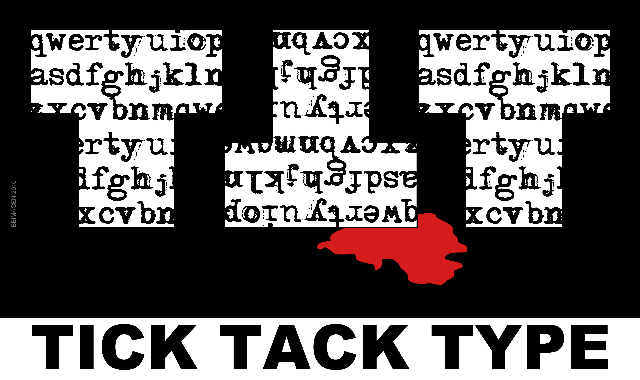


 Watching dance, on the other hand, is a longtime pleasure, one that slides from tap to tango, classic to contemporary, Broadway to ballet. And it strikes Mr. Scatter that, while a lot of people weren’t looking, Portland’s become a heck of a dance town.
Watching dance, on the other hand, is a longtime pleasure, one that slides from tap to tango, classic to contemporary, Broadway to ballet. And it strikes Mr. Scatter that, while a lot of people weren’t looking, Portland’s become a heck of a dance town.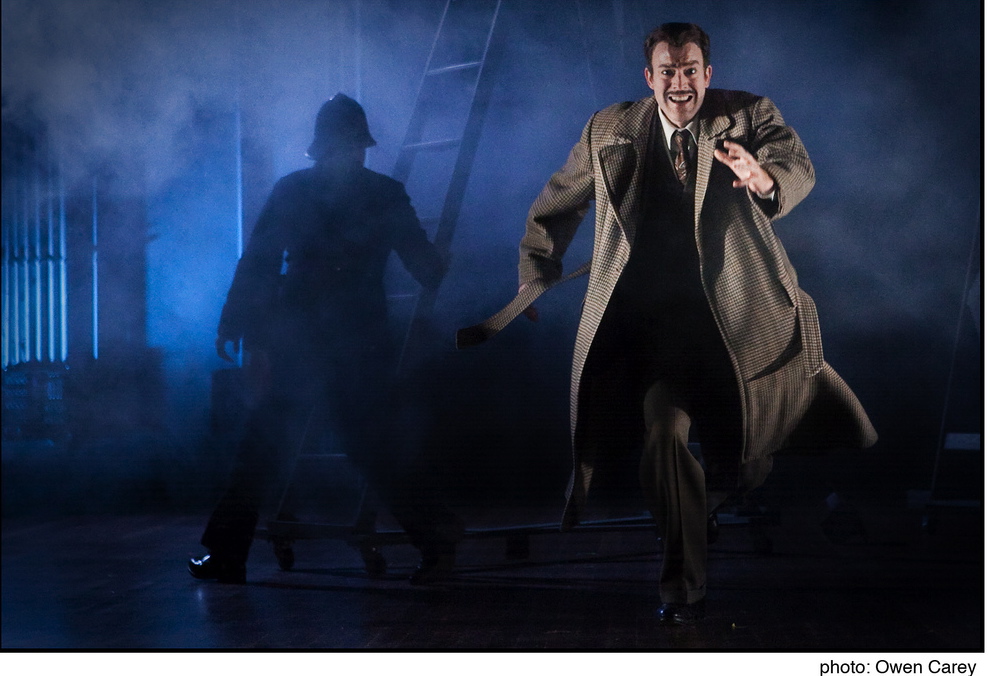
 Then, at midday Friday, the Scatter duo showed up at the Gerding Theater in the Armory to see dancer Linda Austin and her cohort J.P. Jenkins tear up the joint with a fascinating visual, musical and movement response to Mark Applebaum‘s elegant series of notational panels, The Metaphysics of Notation, which has been ringing the mezzanine railings above the Gerding lobby for the past month. Every Friday at noon someone has been interpreting this extremely open-ended score, and this was the final exploration. California composer Applebaum will be one of the featured artists this Friday at the Hollywood Theatre in the latest concert by
Then, at midday Friday, the Scatter duo showed up at the Gerding Theater in the Armory to see dancer Linda Austin and her cohort J.P. Jenkins tear up the joint with a fascinating visual, musical and movement response to Mark Applebaum‘s elegant series of notational panels, The Metaphysics of Notation, which has been ringing the mezzanine railings above the Gerding lobby for the past month. Every Friday at noon someone has been interpreting this extremely open-ended score, and this was the final exploration. California composer Applebaum will be one of the featured artists this Friday at the Hollywood Theatre in the latest concert by  For the next two Sunday afternoons he’ll be ambling over to the
For the next two Sunday afternoons he’ll be ambling over to the 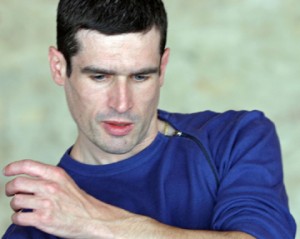 Next Sunday, March 7, the guest will be the Paris-based Italian choreographer Luca Veggetti (photo at right), whose career has roamed from
Next Sunday, March 7, the guest will be the Paris-based Italian choreographer Luca Veggetti (photo at right), whose career has roamed from 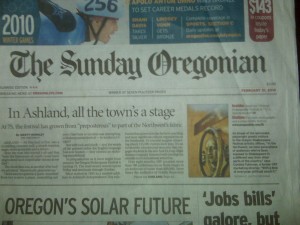 I’ve waited to write this because even now I don’t know all of the names of the people who’ve been laid off. Lips have been tight, although The Mercury’s Matt Davis has ferreted out most of the hit list
I’ve waited to write this because even now I don’t know all of the names of the people who’ve been laid off. Lips have been tight, although The Mercury’s Matt Davis has ferreted out most of the hit list 